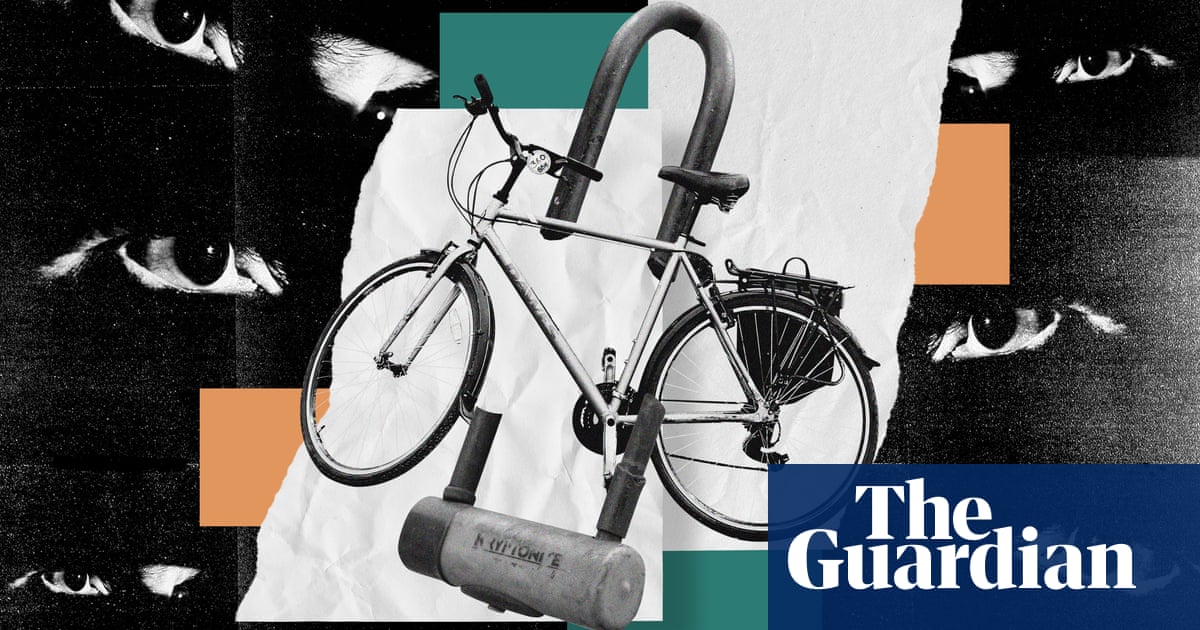Whether you use your bike to commute daily, for a quick trips to the shops or long rides to keep fit, having it stolen can be a nightmare. Here’s what to do if yours goes missing.
Report the theft to the police and describe the bike in as much detail as possible, giving the model, make and where it was stolen. You should also include a description of any scratches, dents and marks that could help identify it, and a picture if you have one. You can go into your local police station or call 101 in the UK to file a report. Make sure you get a crime reference number.
Home insurance policies will often cover your bike when it’s at home but you will probably have needed to pay extra to extend this for when you’re out and about, or if you have a valuable bike. Report the loss to your insurer and give it the crime reference number. Your bike will not be covered if you failed to look after it, such as not locking it securely or with a suitable lock.
Declare your bike stolen onBikeRegister, a UK bike database – you can do this even if you have not registered your bike on there before. It will help improve the chances of your bike being recovered if there are pictures and descriptions of the bike, and where it was stolen.
Post on bike and cycling forums, such asCycling UK Forum,Bike ForumandCycleChatin case people come across it when looking to buy a new bike.
Look on resale sites such as Gumtree, Facebook Marketplace and eBay to see whether someone is trying to sell your bike. You can set up alerts for bikes that are the same make and model. If you find one that looks like yours, alert the police – they may be able to recover it. It is not advisable to set up a sting or try to deal with the case yourself.
Alert the local community on neighbourhood forums such as Nextdoor or local Facebook groups and get in touch any bike shops nearby in case someone comes in to the shop and tries to sell one that matches your description.
Scuff the frame up a bit using sandpaper, paint and stickers so it is less appealing to thieves. Some kitsch, drawn-on hearts might save you a lot of hassle in the future.
Register it onBikeRegisterand upload pictures alongside the frame number, which is usually found on the bottom bracket shell between the pedals or on the rear dropouts where the back wheel slots in. This will help the police trace it back to you if it is stolen and recovered.
Invest in two high-quality locks to make your bike less of a target. At least one of these should be a good-quality D-lock. Be sure to attach the frame to the stand when locking up.
Take any removable parts with you whenever you leave it.
Find and apply for your nearest cycle parking. This gives another layer of protection, but be sure to still lock up securely. In cities there are also many cycle hangars, such as Cyclehoop, which are small bike stores on residential streets you can apply for at a small cost each year.Check whether there’s one near you.
Conceal a Bluetooth tracker on your bike to help locate it if it goes missing. The smaller and more discreet the tracker, the better. Good spots to hide them include under the seat or inside the handlebar. Apple AirTag and Tile Sticker are popular among bike owners.
